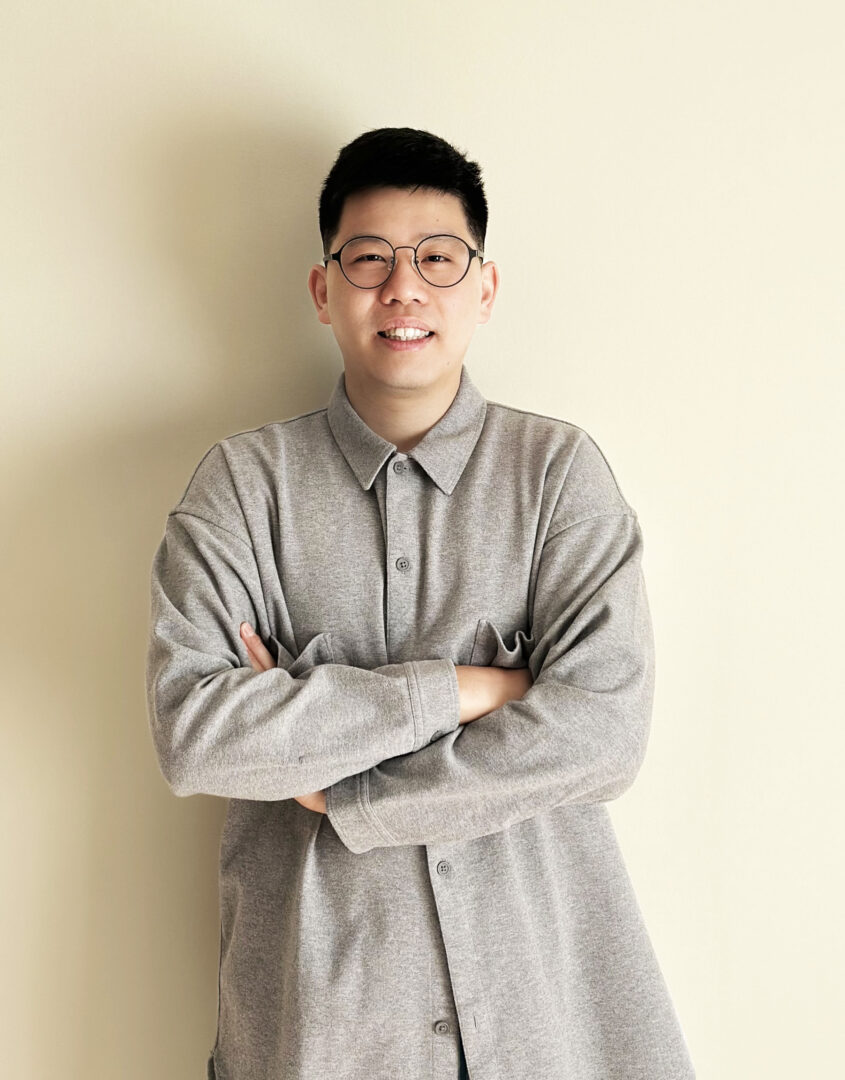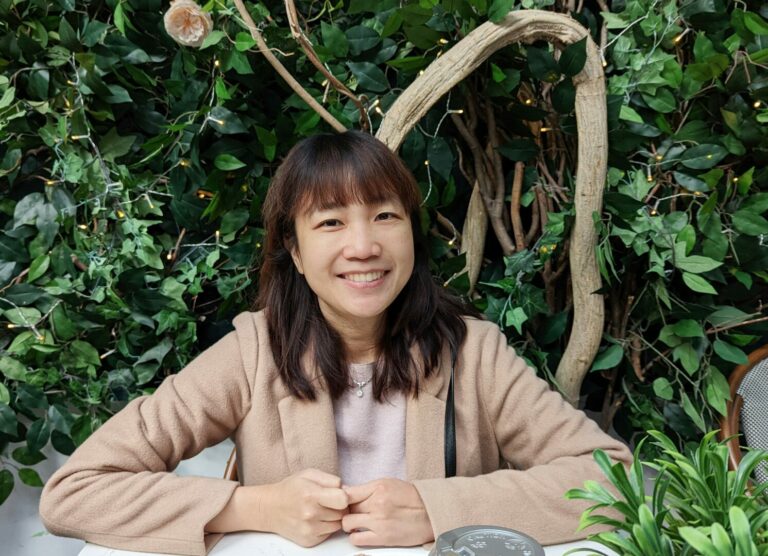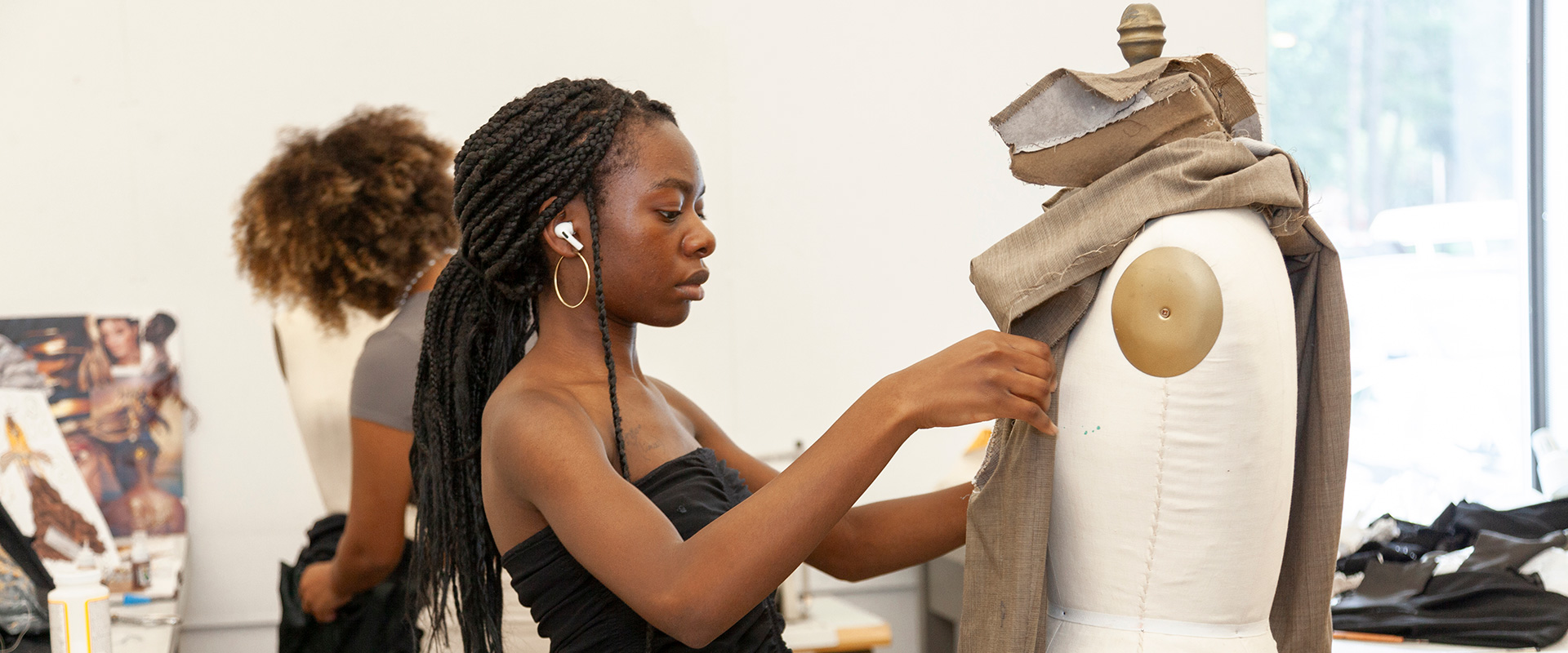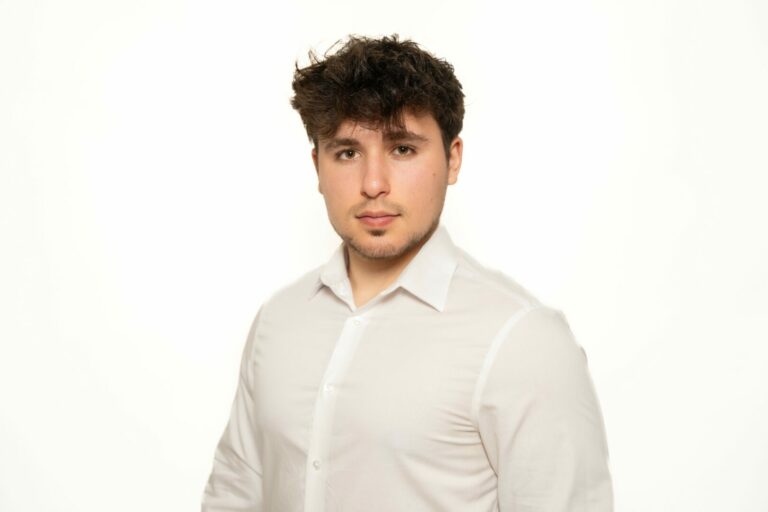We were lucky to catch up with Tsung-han Lin Lin recently and have shared our conversation below.
Hi Tsung-Han Lin, appreciate you sitting with us today to share your wisdom with our readers. So, let’s start with resilience – where do you get your resilience from?
I come from Taiwan, an island country rich in natural and cultural resources. Growing up in such a diverse environment allowed me to engage in a wide range of activities like mountain climbing, surfing, and diving. Having so many experiences shaped me into someone who embraces challenges and ultimately made me resilient.
At the same time, being a well-connected person plays an important role in my development. My family and friends serve as my greatest advisors, especially when I face dilemmas. Engaging in insightful discussions and debates with them always helps me find clarity and bounce back when I’m feeling down. These relationships and experiences have been key in shaping my resilience.
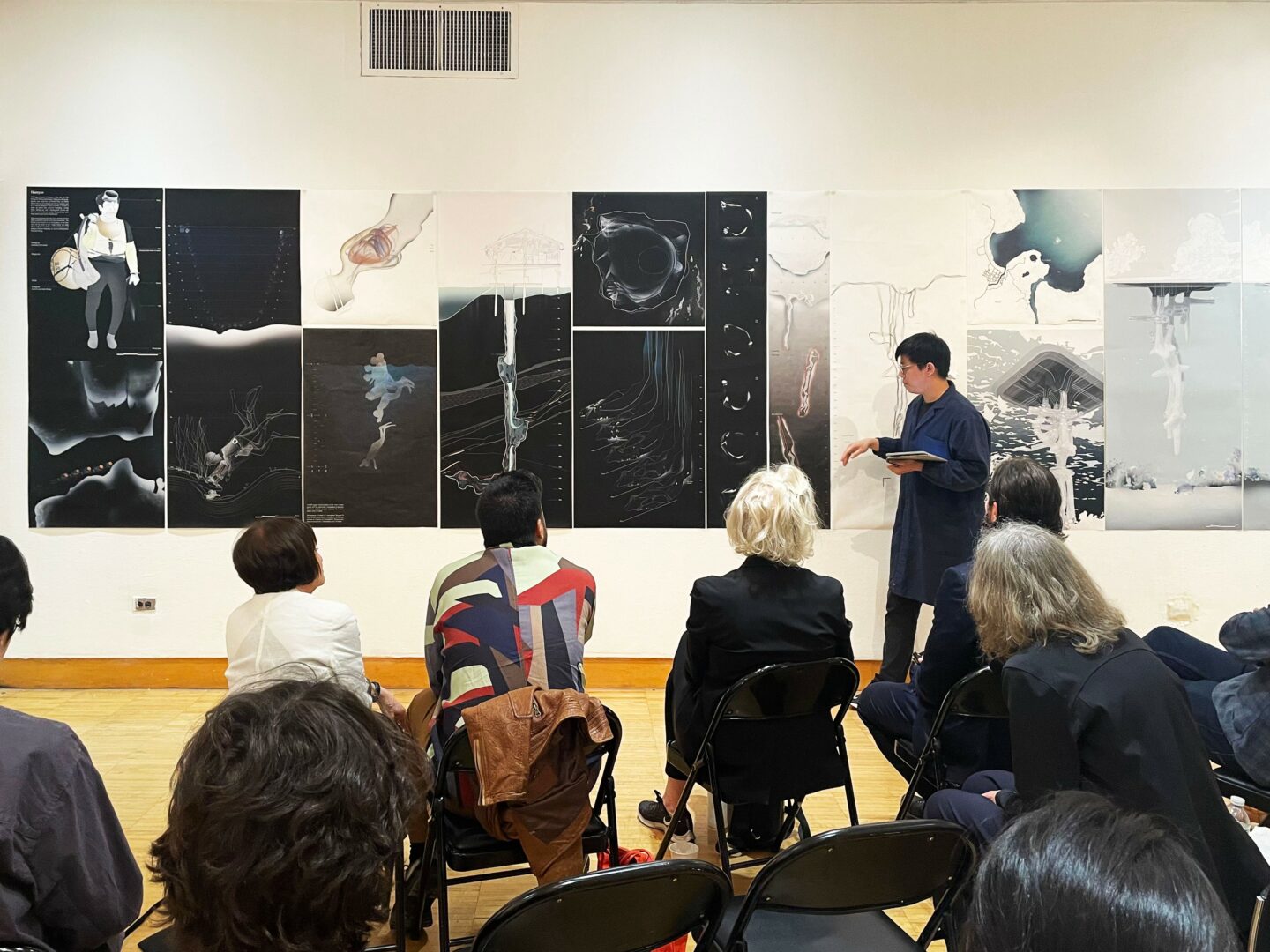
Great, so let’s take a few minutes and cover your story. What should folks know about you and what you do?
I am an experienced architect with over five years of diverse practice, having played roles such as government official, architect, engineer, and designer. I have worked on a wide range of projects—from national infrastructure in Taiwan to high-end private residential projects in the U.S. Leading various architectural projects across different countries has been an exciting challenge. Throughout this journey, architecture has become a medium through which I can help realize the dreams of individual clients and even the future vision of entire cities, expressed through innovative layouts and material choices.
Architects are natural observers. I have always been drawn to marginalized communities in urban settings. While pursuing my degree at Cooper Union, I was inspired by the diving expertise of Korean Haenyeo (professional female divers), which later influenced my research on illegal child gold miners in the Philippines.
To help break the cycle of compressor mining, I aimed to draw on the miners’ existing skills and cultural knowledge, particularly their experience with marine ecology. The central concept of this project was to utilize the miners’ natural body movements, spatial awareness, and sensory experiences in dark environments to teach them professional diving techniques. This approach offers them a safer, sustainable path, allowing them to escape the dangers of compressor mining and break free from the hazards they are facing.
In my architectural practice, exploring different perspectives has deepened my enjoyment of the design process and sharpened my insight into each unique case. This rigor has also shaped my approach to considering how buildings impact their surroundings. I have applied this outlook to various public architecture projects, including an animal shelter, an aquarium, Taichung Central Park, and a velodrome. Currently, I am serving as an architect for residential projects in the U.S., seeking to better understand American culture and lifestyle.
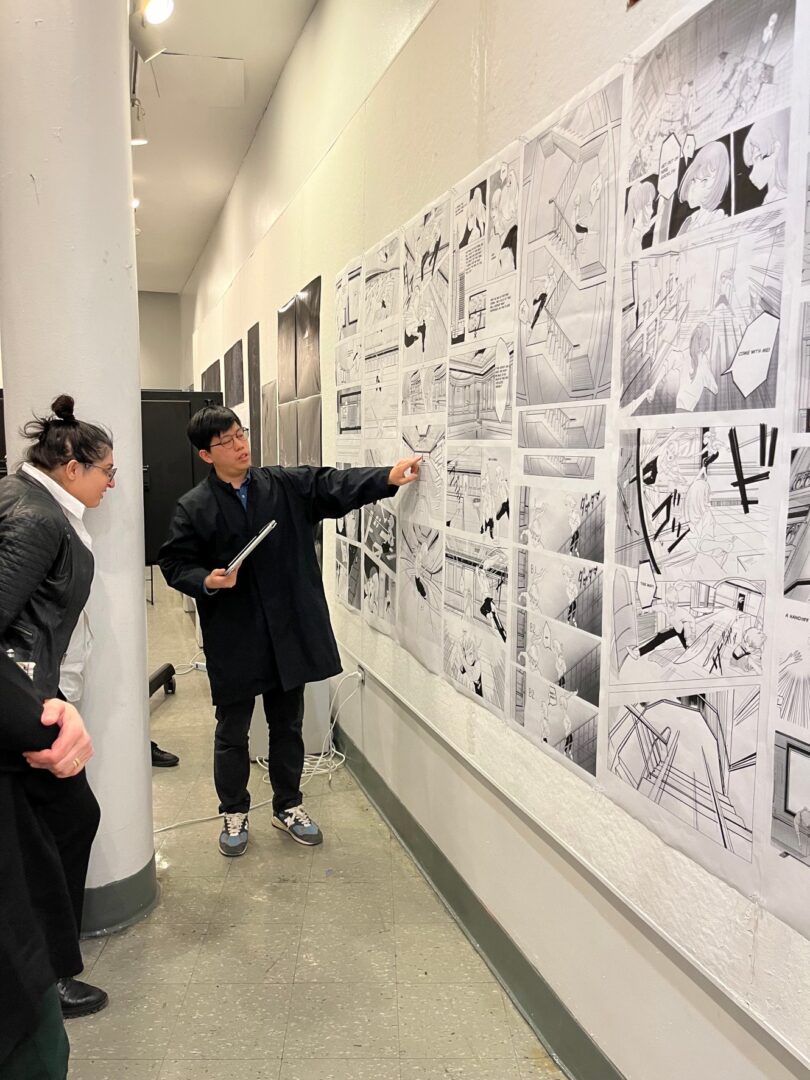
If you had to pick three qualities that are most important to develop, which three would you say matter most?
– Curiosity
Curiosity is essential to me. Studying abroad alone and living in a place with a different culture and language has been challenging, but it’s also been a valuable learning experience. My attitude is to say yes to anything that brings me closer to my dreams. I’ve traveled to unfamiliar places, made friends, and explored nature. These simple actions gradually broadened my horizons and built friendships that have benefited me in surprising ways.
For those starting to nurture their curiosity. Immerse yourself in different environments, talk to people as much as possible, and try things you’ve never done before.
– Creative Problem-Solving
Innovative thinking has allowed me to break free from traditional constraints and discover unique solutions in architectural design or daily life. I often draw inspiration from my hobbies, especially illustrating my life through comics. By capturing moments in lines and dialogue, I create visual stories and ignite my imagination, helping me approach challenges from unconventional perspectives and find solutions beyond the ordinary.
I firmly believe that learning from hobbies is a powerful way to reshape your mindset. Challenge yourself to view problems through new and the way you like always provide you with an unexpected solution.
– Adaptability
Architecture is a dynamic field and challenges can arise unexpectedly, whether dealing with capricious needs from clients, building codes, or site conditions. From leading public projects in Taiwan to designing high-end residential projects in the U.S., I have to meticulously inspect different contract regulations, zoning codes, and even the different units to come out with the best solution for each project. Adaptability can keep me aware of these changes, tailoring a balance point under various requirements.
To sharpen my adaptability, I stay informed about news not only in architecture but also in other fields. I make it a point to provide at least two solutions for challenges and engage in discussions with people from different disciplines to gain insights from their perspectives. These habits enable me to react swiftly and effectively to any situation.
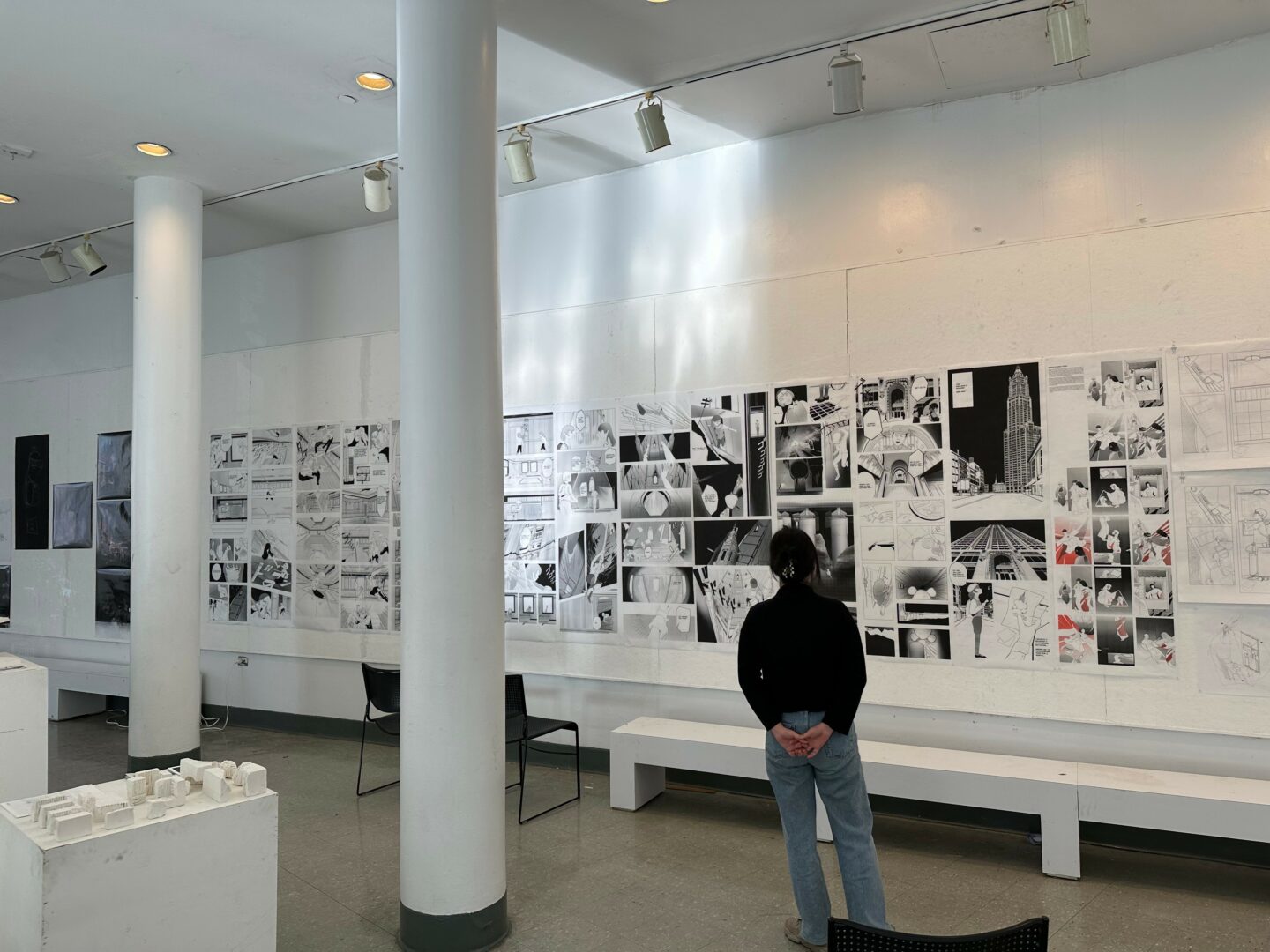
What would you advise – going all in on your strengths or investing on areas where you aren’t as strong to be more well-rounded?
I consciously focus on improving areas where I am less proficient because it broadens my perspective and helps me avoid getting lost in the details. This approach also encourages me to connect with people from different fields, deepening my understanding.
Reinforcing unfamiliar territory extends beyond architecture; it’s an attitude toward life. Five years ago, I knew little about disadvantaged groups and struggled to understand their living conditions. However, during research in my hometown of Taichung, I encountered a run-down apartment complex that had become dangerous due to the presence of sex workers. To understand this unfamiliar and complex issue, I pushed myself out of my comfort zone, disguising myself as a client to explore their way of life. I ventured into the deepest alleys, speaking with various residents. What surprised me most was discovering that these sex workers were a marginalized group, oppressed by society and neglected by adequate policies.
Through my research, I gained insight into their daily struggles and developed an architectural proposal that reimagined their living patterns, aiming to reduce conflict between them and the surrounding community. This experience reinforced my belief that stepping out of my comfort zone and exploring unfamiliar areas is key to uncovering hidden social injustices.
Learning an unfamiliar field not only improves my professional skills but also broadens my perspective on the world. Along the way, I discovered stories that illuminated the struggles and concerns of different groups—each a valuable lesson. I see this journey as not just career development, but personal growth. By engaging with marginalized communities and translating their experiences into architectural solutions, I constantly seek unconventional ways to improve myself, always striving to see the world with honesty and openness.
Contact Info:
- Instagram: https://www.instagram.com/toa210/
- Facebook: https://www.facebook.com/johan.lin2
- Linkedin: https://www.linkedin.com/in/tsung-han-lin-003aaa117/
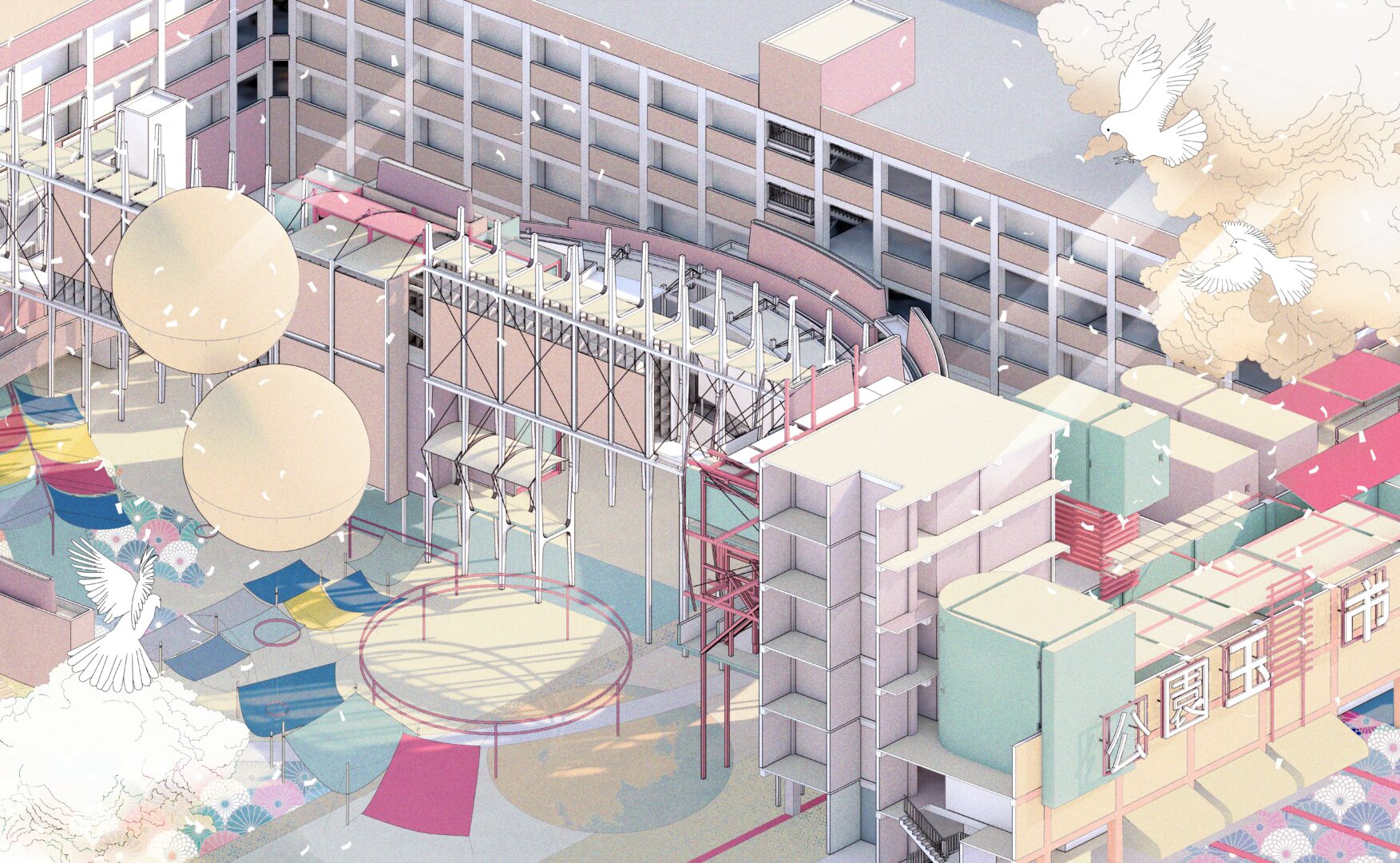
Image Credits
Tsung-Han(Johan) Lin
so if you or someone you know deserves recognition please let us know here.

